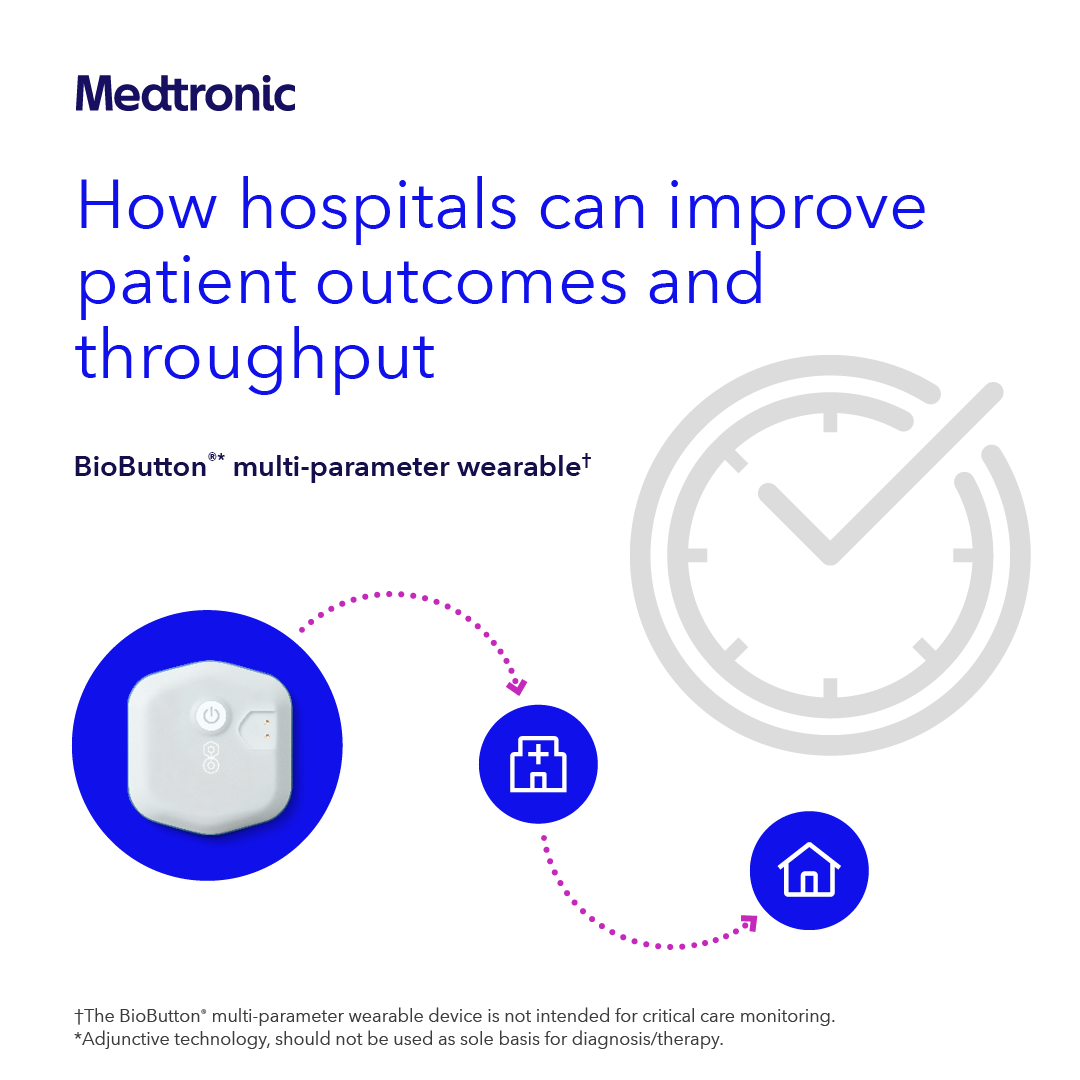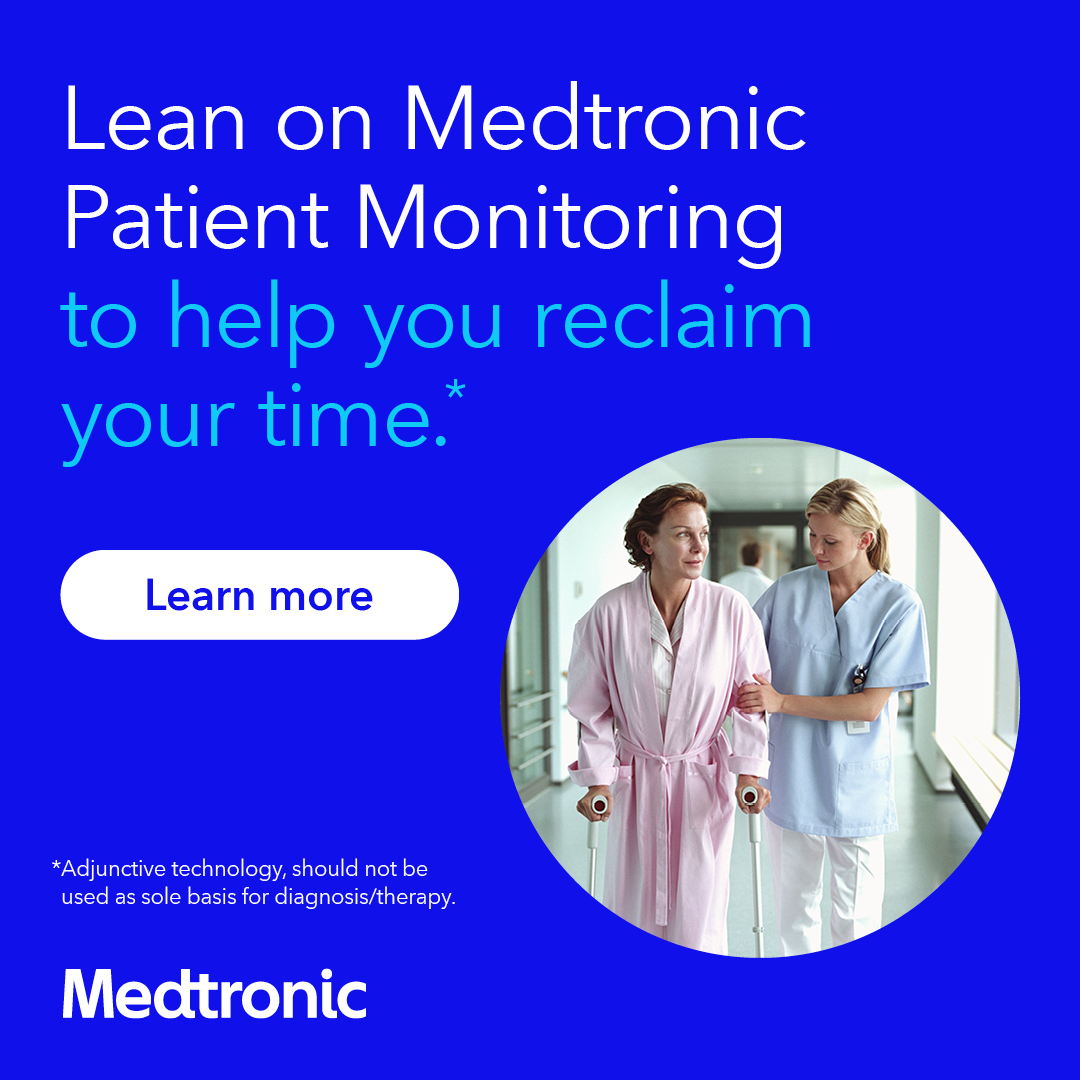Why Nutrition is Key

As medical-surgical nurses, we focus on our patients’ nutrition while they are in our patient care unit. We assess their nutritional status, track their intake, and consult nutrition support or a dietician as needed.
Although supporting nutrition in our hospitalized patients is critically important, it’s also important to consider the nutritional challenges they face before and after we care for them.
Food insecurity is a household-level condition of uncertain or limited access to food. Approximately 13% of US households experience food insecurity (Feeding America, 2017).
I was surprised to learn that 6.6% of health care workers report food insecurity. Health care support workers are more likely to report food insecurity than practitioners who diagnose and treat patients.
The rate is even higher (23%) among support workers in skilled nursing facilities (Srinivasan, et al., 2021). This hits close to home – not only our patients, but also some of our team members, are likely to be experiencing food insecurity.
Food insecurity, a social determinant of health, is associated with a number of physical and mental health concerns. Individuals who are food insecure are more likely to have higher risk for chronic illness and face more challenges in managing existing illness.
Food insecurity is also associated with limitations in activities of daily living and depression. These health effects may lead to a cycle of increased health care costs, making it more challenging to obtain high quality nutritious foods.
The good news is that there is strong evidence that programs to support food security can have positive health outcomes (Pooler, et al., 2019; Srinivasan, et al., 2021)
What can medical-surgical nurses do to address food insecurity? Here are a few ideas:
- Raise awareness: Share information with your colleagues about the impact of food insecurity on health.
- Include food insecurity in your assessment: Food insecurity may not always be obvious, so screening every patient is recommended. The Hunger Vital SignTM is a brief, valid, two question survey that can be used to identify food insecurity. Be a champion for including food insecurity assessment in your electronic medical record.
- Connect patients to services: Although we often rely on our colleagues in social work or discharge planning to refer patients to community services that provide food assistance, we can also plant a seed by making patients aware of resources that may be available to them. Your hospital may even have a food bank for patients.
- Get involved: Local agencies that provide food assistance would be excited to have your support and involvement – donate food, support a local “Little Free Pantry”, or spend an afternoon packing boxes at your local food distribution center!
- Advocate for system change: As a nurse, you have a powerful, trusted voice! Your experiences in working with patients experiencing food insecurity can be compelling to decision-makers who shape programs and policies.
References
Feeding America. (2017). Health care provider training: Screening for and addressing food insecurity in clinical settings. Retrieved from https://hungerandhealth.feedingamerica.org/wp-content/uploads/2014/05/F…
Pooler, J.A., Hartline-Grafton, H., Sudore, R.L. & Seligman, H.K. (2019). Food insecurity: A key social determinant of health for older adults. Journal of the American Geriatric Society, 67, 421-424. doi: 10.1111/jgs.15736
Srinivasan, M., Cen, X., Farrar, B., Pooler, J.A. & Fish, T. (2021). Food insecurity among health care workers in the US. Health Affairs, 40 (9), https://doi.org/10.1377/hlthaff.2021.00450.



